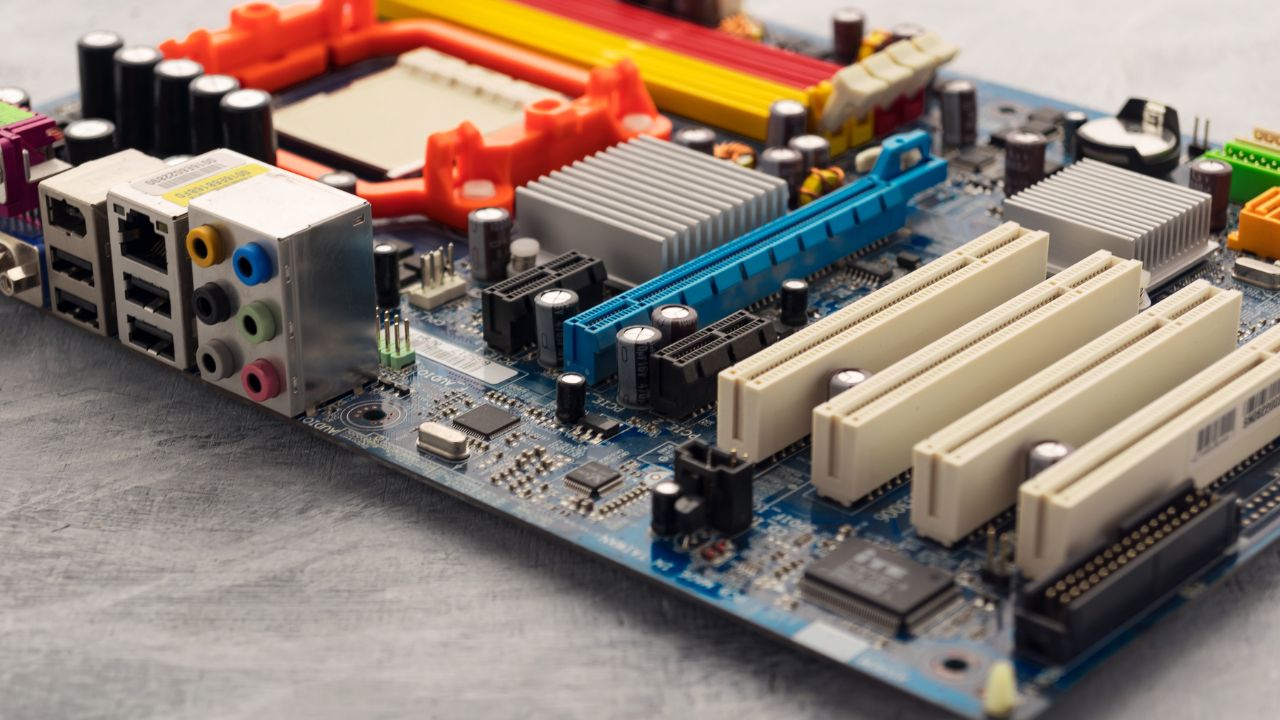The legal process of partition action helps divide property among co-owners when they can’t agree on how to use or sell it. Understanding this process is crucial before moving forward, as it may involve either the sale of the property or its physical division. In this guide, we will discuss the legal steps involved in partition action.
Filing Partition Action
The first step in a partition action is filing a legal complaint in court. When co-owners cannot agree on what to do with a property, one of them can initiate this process by filing a partition action. The complaint details the property in question and outlines the reasons for requesting a partition.
After filing, the court reviews the complaint. If approved, the court notifies all co-owners about the case, giving them the opportunity to respond and defend their interests in the property.
Serving Notice to Co-owners
Once the partition action is filed, the next step is to serve notice to all co-owners. This notice informs them about the complaint and gives them a chance to respond. Proper service of notice is crucial to ensure that all parties are aware of their rights in the partition process.
Typically, the notice is delivered by a process server or through registered mail, and it must be sent to the last known address of each co-owner. After receiving the notice, co-owners have a specific timeframe to reply to the court before the case proceeds.
Court Proceedings and Mediation
Following the service of notice, the case proceeds to court. During court proceedings, each co-owner has the opportunity to present their side, making their arguments clear.
Many courts encourage mediation before the case goes to trial. Mediation involves a neutral third party who helps the co-owners reach an agreement on how to divide or manage the property. A partition attorney, such as those from the Underwood Law Firm in Northern California, can assist in this process to help reach a fair and amicable solution.
Final Judgment and Implementation
After reviewing all the evidence and arguments, the court makes a final judgment on the partition action. This judgment determines how the property will be divided or if it will be sold. Additionally, the court decides how to distribute any proceeds from the sale among the co-owners.
Once the judgment is made, the implementation process begins. This involves taking steps to carry out the court’s decision, whether it’s dividing the property or selling it. A real estate partition lawyer can help ensure the process is executed correctly and fairly for all involved parties.
Post-Judgment Considerations
After the court’s judgment, co-owners need to understand their next steps. It’s essential to follow through with the court’s decision, whether that involves dividing or selling the property. This phase can sometimes lead to disputes, making clear communication crucial to avoid further conflicts.
Co-owners should also consider the tax implications of the sale or division. Seeking advice from a tax professional may be beneficial to ensure compliance and proper financial planning.
Navigating the Path of Partition Action with Clarity and Confidence
Partition action is a legal means to resolve property disputes, allowing for the fair division or sale of shared property. Understanding the process is key to ensuring a fair outcome for all co-owners.
After the court’s decision, it’s important to act quickly and ensure that the court’s orders are followed. Maintaining clear communication can help prevent additional issues in the future.
Want to read more informative articles like this one? Explore the rest of our blog to find more content that interests you.
4o











